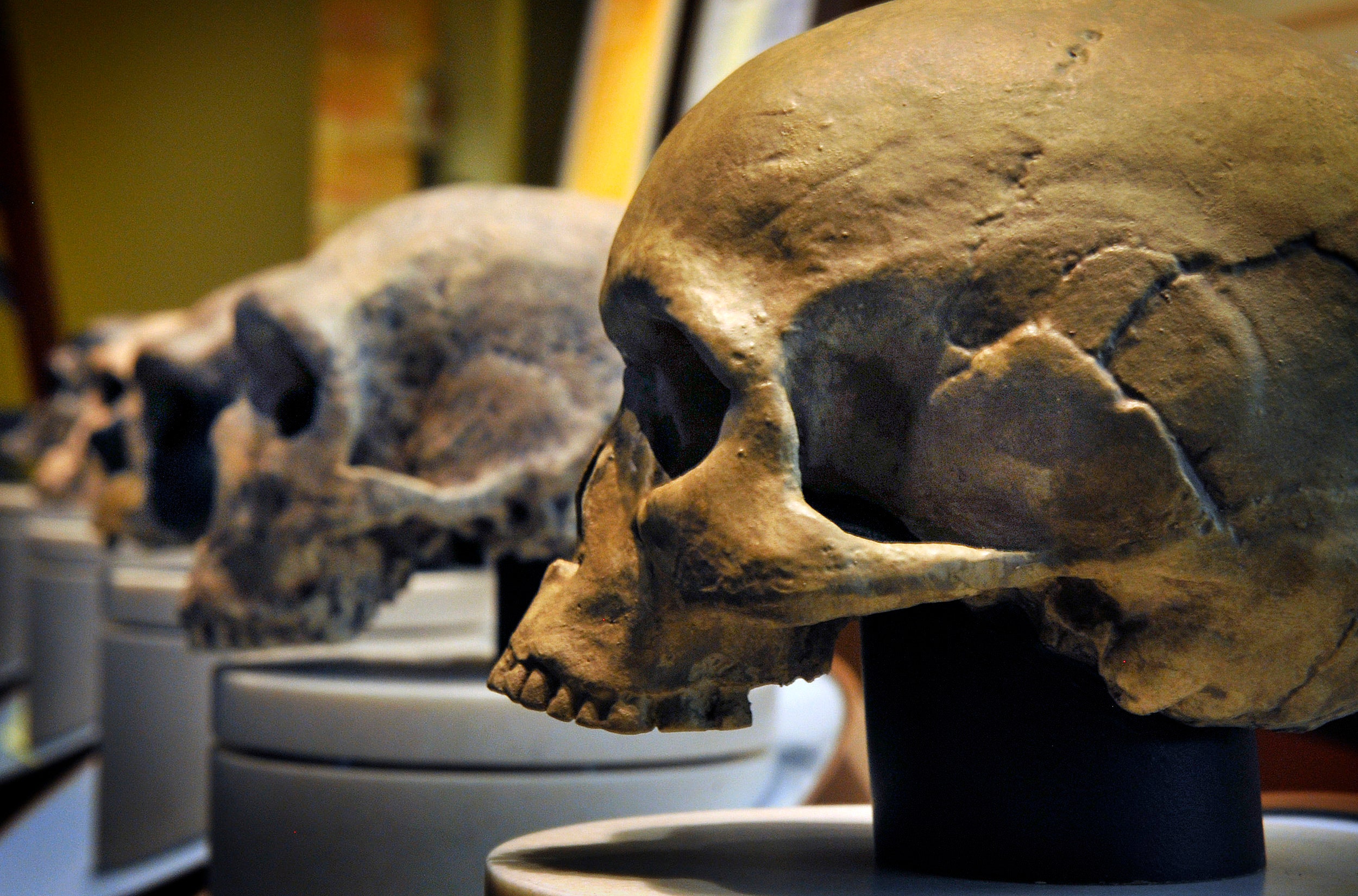The Whole Story of How Humans Evolved From Great Apes
…

The Whole Story of How Humans Evolved From Great Apes
Humans, like all living beings, have evolved over millions of years through a process of natural selection. Our closest living relatives are the great apes – chimpanzees, bonobos, gorillas, and orangutans. The common ancestor of humans and great apes lived around 13 million years ago in Africa.
One of the key traits that distinguish humans from other great apes is bipedalism – the ability to walk upright on two legs. This adaptation is believed to have developed around 4 million years ago in early hominins, our ancestors.
Another important development in human evolution is the enlargement of the brain. Our ancestors’ brains grew in size, allowing for complex thought, problem-solving, and social interactions. This increase in brain size is thought to have started around 2 million years ago.
Tool use is another hallmark of human evolution. Early hominins began using simple tools for tasks like hunting, scavenging, and food preparation. This ability to manipulate the environment is a key characteristic of human evolution.
As humans continued to evolve, they migrated out of Africa and spread across the globe. Different populations adapted to their local environments, leading to the diversity of human populations we see today.
Modern humans, Homo sapiens, emerged in Africa around 300,000 years ago. They eventually outcompeted other hominin species like Neanderthals and Denisovans, becoming the sole surviving species of the genus Homo.
Our evolution from great apes is a complex and fascinating story, with many twists and turns along the way. By understanding our evolutionary history, we can gain insight into what makes us uniquely human and appreciate our place in the natural world.






